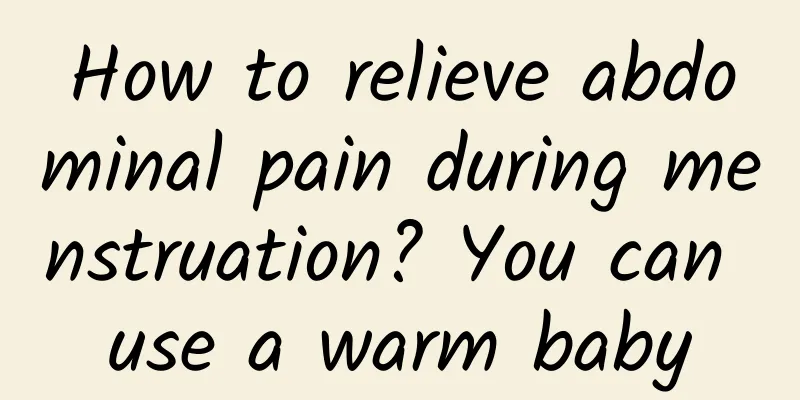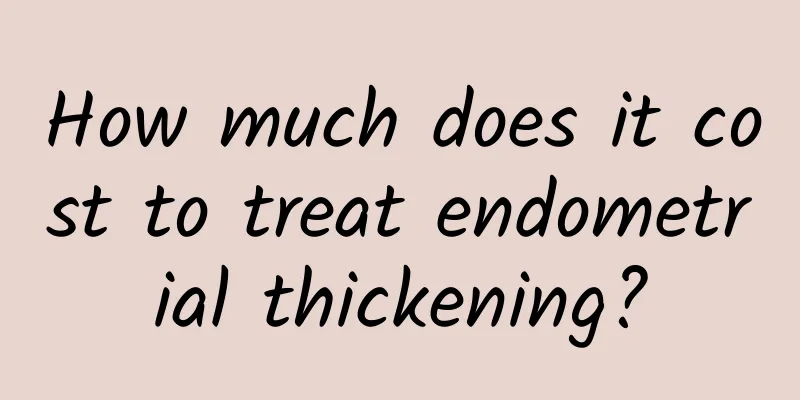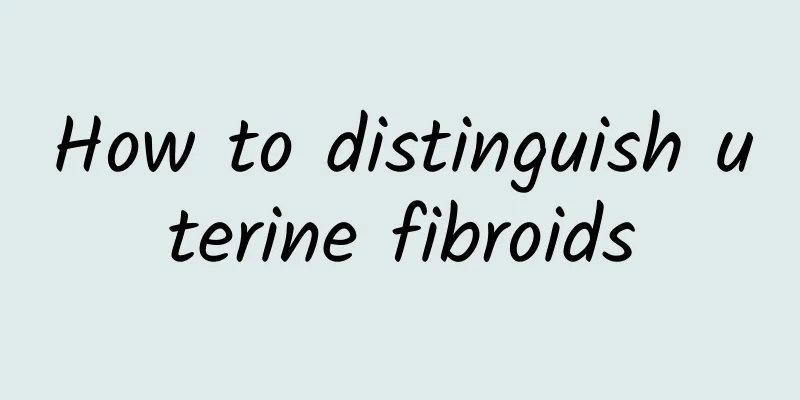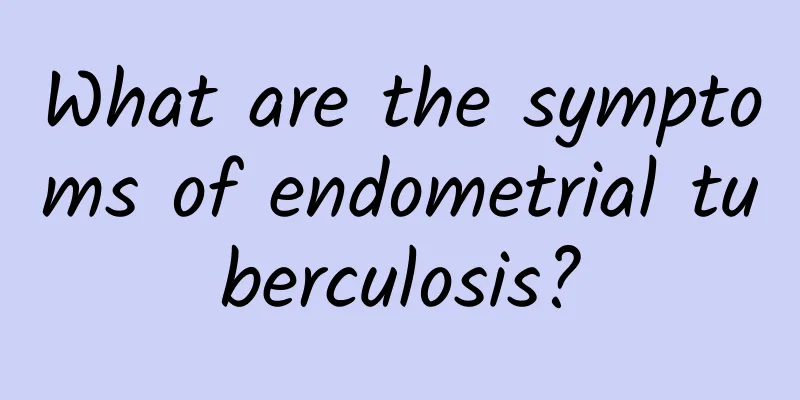How to treat intrauterine adhesions? 3 common methods
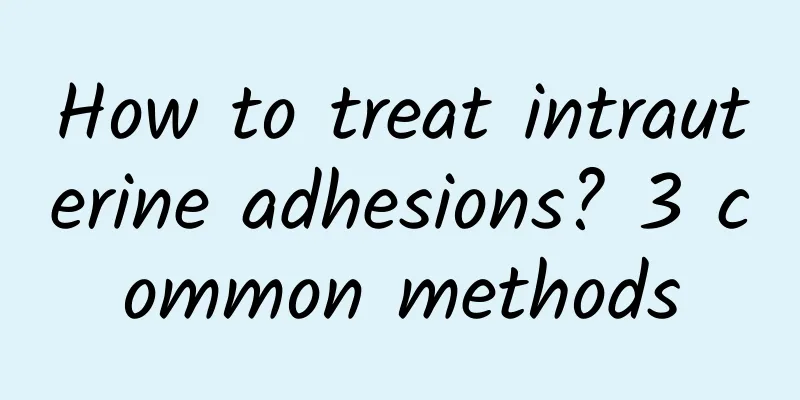
|
The clinical incidence of intrauterine adhesions is very high, and the disease is very harmful. In severe cases, it can lead to female infertility. Even if pregnancy occurs successfully, miscarriage is very likely to occur. Therefore, once the disease is diagnosed, treatment should be urgent. Today, I will explain to female friends how to treat intrauterine adhesions. 1. Hysteroscopic therapy <br/>Hysteroscopy is the gold standard for checking and confirming intrauterine adhesions, and is also the main method of treatment. Generally, if intrauterine adhesions are found by B-ultrasound of the uterine appendages, the patient is usually hospitalized to complete various examinations, and then undergoes hysteroscopy and treatment at the same time. The methods of hysteroscopic surgical treatment include electroresection and freezing, which are mainly used to separate adhesion tissue. After hysteroscopic separation of adhesion tissue, the task is not completed and it is over. Auxiliary treatment is also needed to improve the surgical effect and prevent recurrence. |
<<: Can intrauterine adhesions be cured? There are many ways
>>: What are the symptoms of intrauterine adhesions? Pay attention to timely treatment
Recommend
What should women pay attention to after a miscarriage? These 4 precautions must be known!
Whether it is artificial abortion or natural abor...
What should I do if my period is delayed during breastfeeding?
What should I do if my period is delayed during b...
The harm of not timely treatment of cervical precancerous lesions
Cervical precancerous lesions are a major killer ...
What are the treatments for habitual miscarriage?
Nowadays, many young lovers or couples do not pay...
What should patients eat after hysterectomy? How should patients replenish their body after hysterectomy?
After myomectomy, women's uterus will be affe...
Treatment of multiple uterine fibroids How to use medication for multiple uterine fibroids
Due to the high incidence of multiple uterine fib...
When does uterine fibroids require surgery? What are the contraindications after uterine fibroid surgery?
With the accelerated pace of life, modern women a...
Can B-ultrasound detect endometriosis?
Can B-ultrasound detect endometriosis? 1. General...
Can cervical warts be cured?
There are some women in life who do not have uncl...
How to recover after endometrial thickening surgery
Normal endometrium changes periodically with the ...
Will taking progesterone with endometriosis make me fat?
Will taking progesterone with endometriosis make ...
What factors cause irregular menstruation in girls?
Irregular menstruation is the most common phenome...
How long does it take to have a normal menstrual period after hysteroscopic surgery for endometrial polyps?
After hysteroscopic surgery for endometrial polyp...
Start simple! 4. High degree of execution of weight loss exercise
"Eat less + exercise more" is the uncha...
The middle-aged population may face the crisis of sarcopenia! The secret weapon for muscle growth is…
According to statistics from the National Health ...
